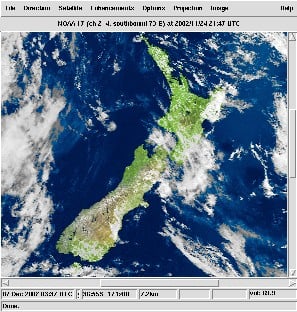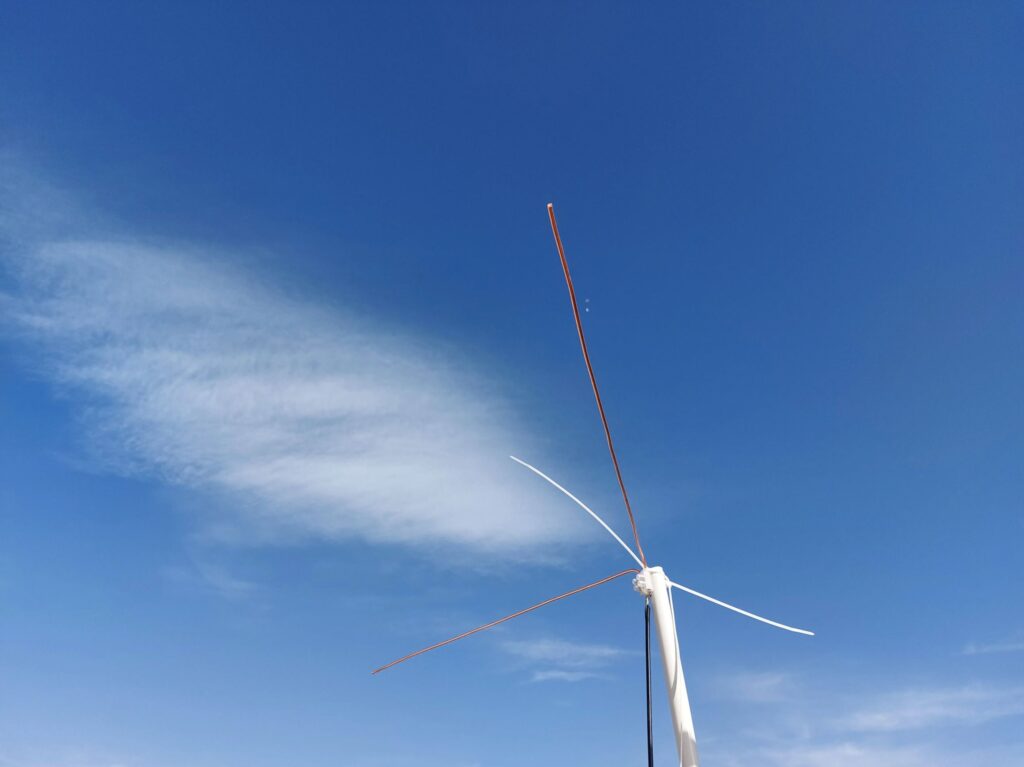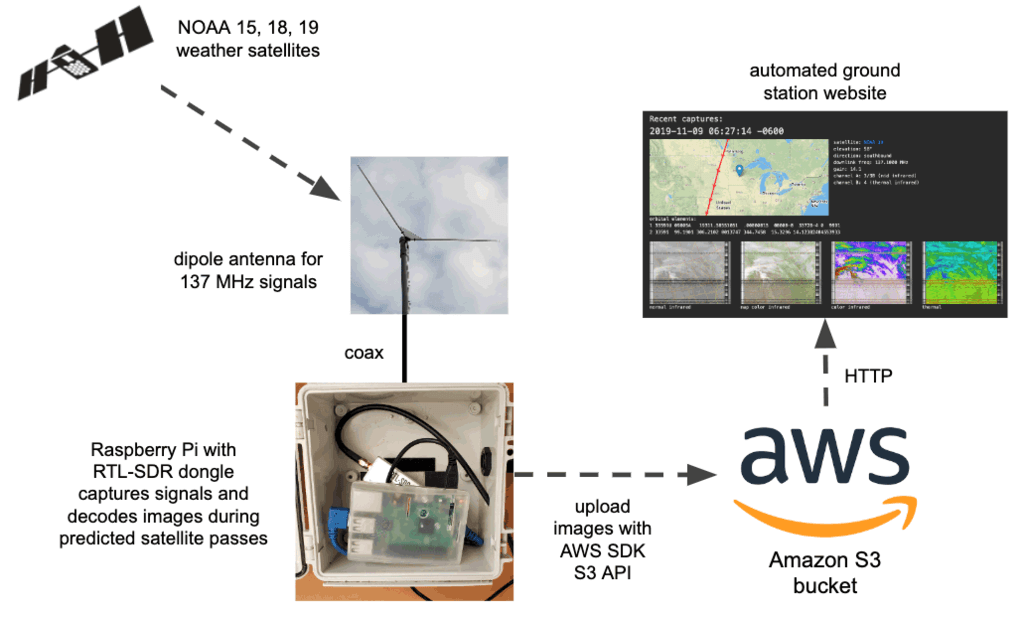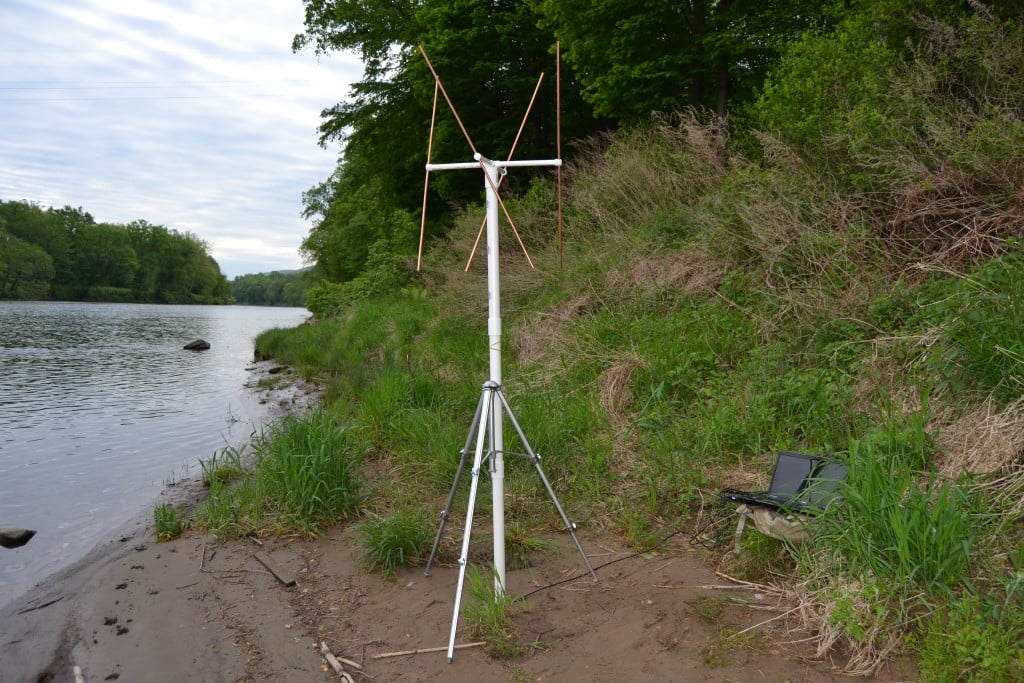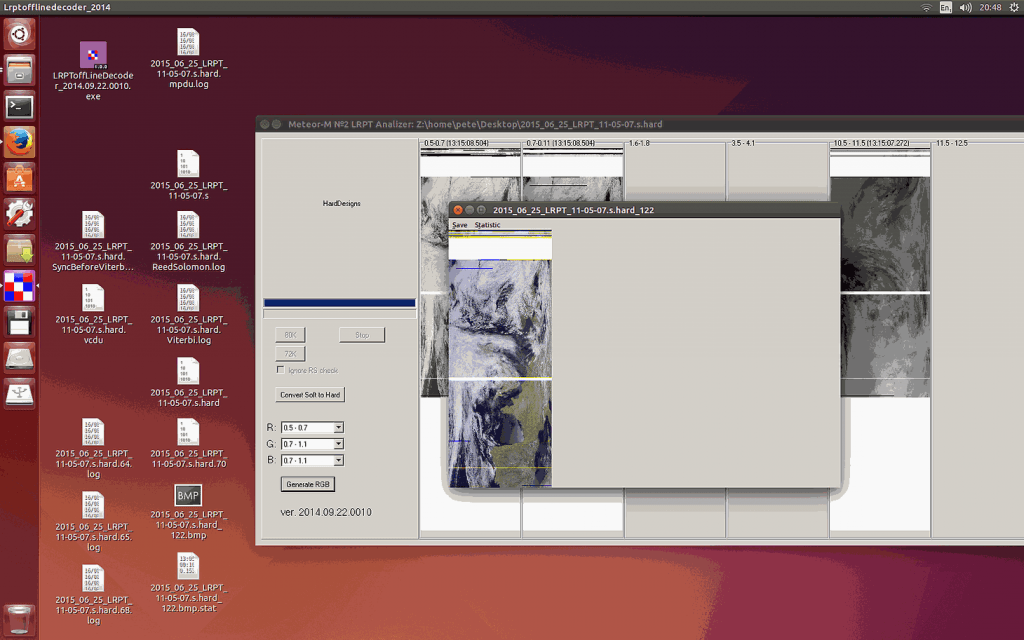IndiaRocketGirl Receives NOAA-19 Weather Satellite Images with a Tape Measure Yagi Antenna
Over on her YouTube channel IndiaRocketGirl (@VU3BIZ) has posted a video showing how she was able to receive weather satellite images from the polar orbiting NOAA-19 weather satellite at 137 MHz.
She uses a home made four element Yagi antenna with elements made from a tape measure. This allows the elements to be easily folded down for transportation. A phone running the Heaven's above app is used to help track the satellite in the sky as it passes over, and then SatDump and an RTL-SDR Blog V3 running on a laptop is used to decode the signal into an image.
IndiaRocketGirl notes that in her next video she will show how to make the Yagi antenna that she was using. In a previous post IndiaRocketGirl also showed how she was able to receive geostationary FengYun-2H S-VISSR signals.
